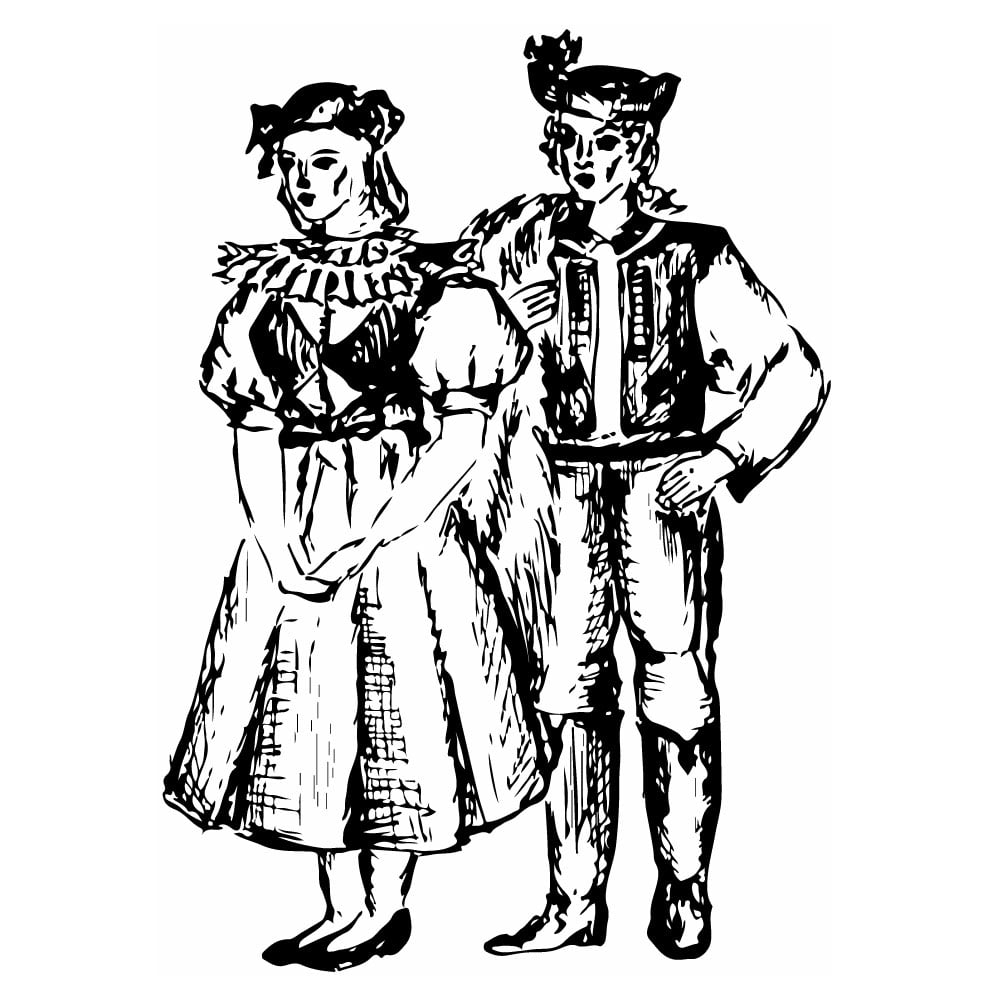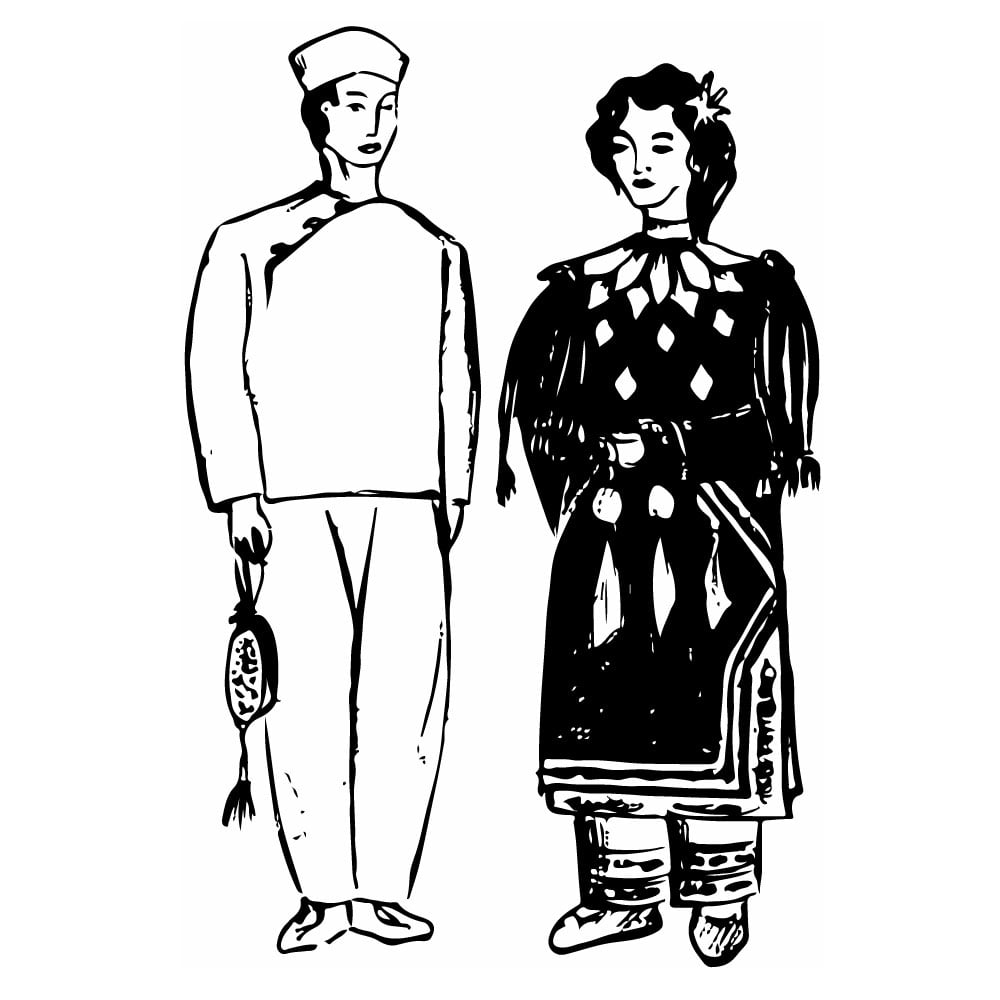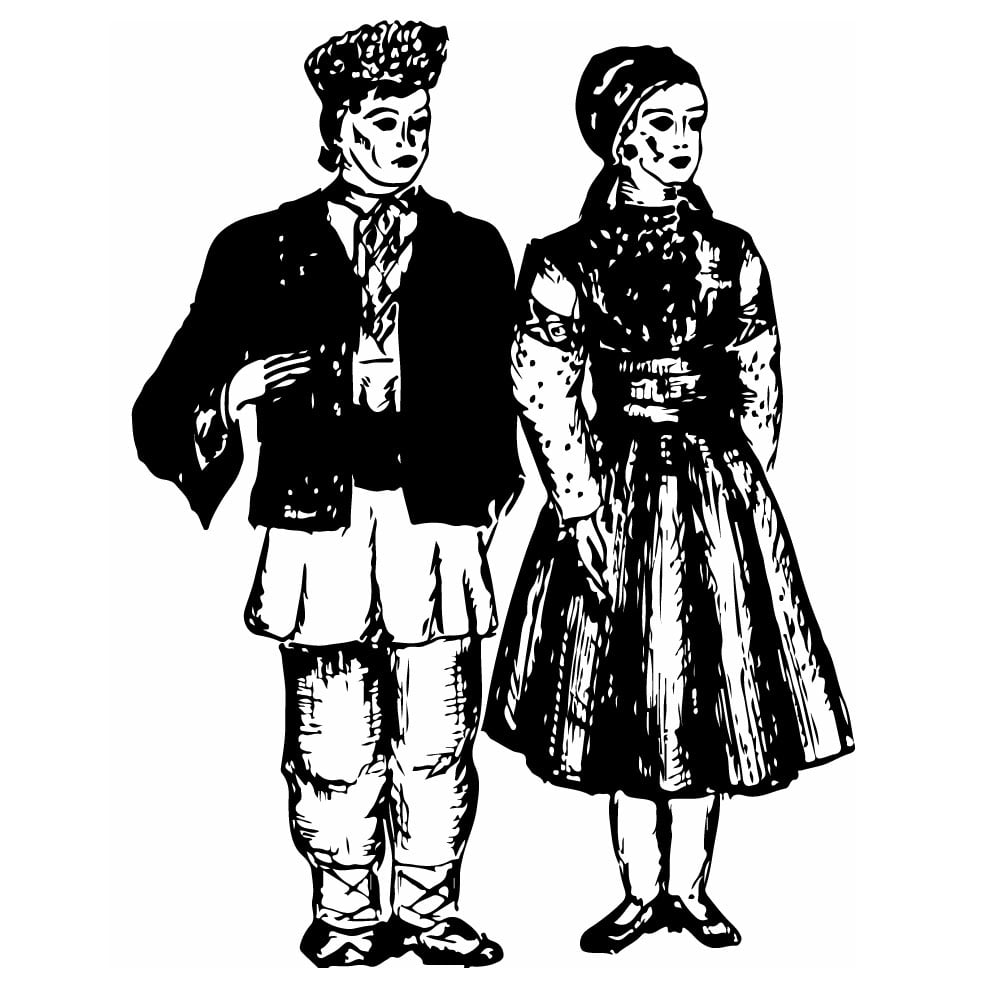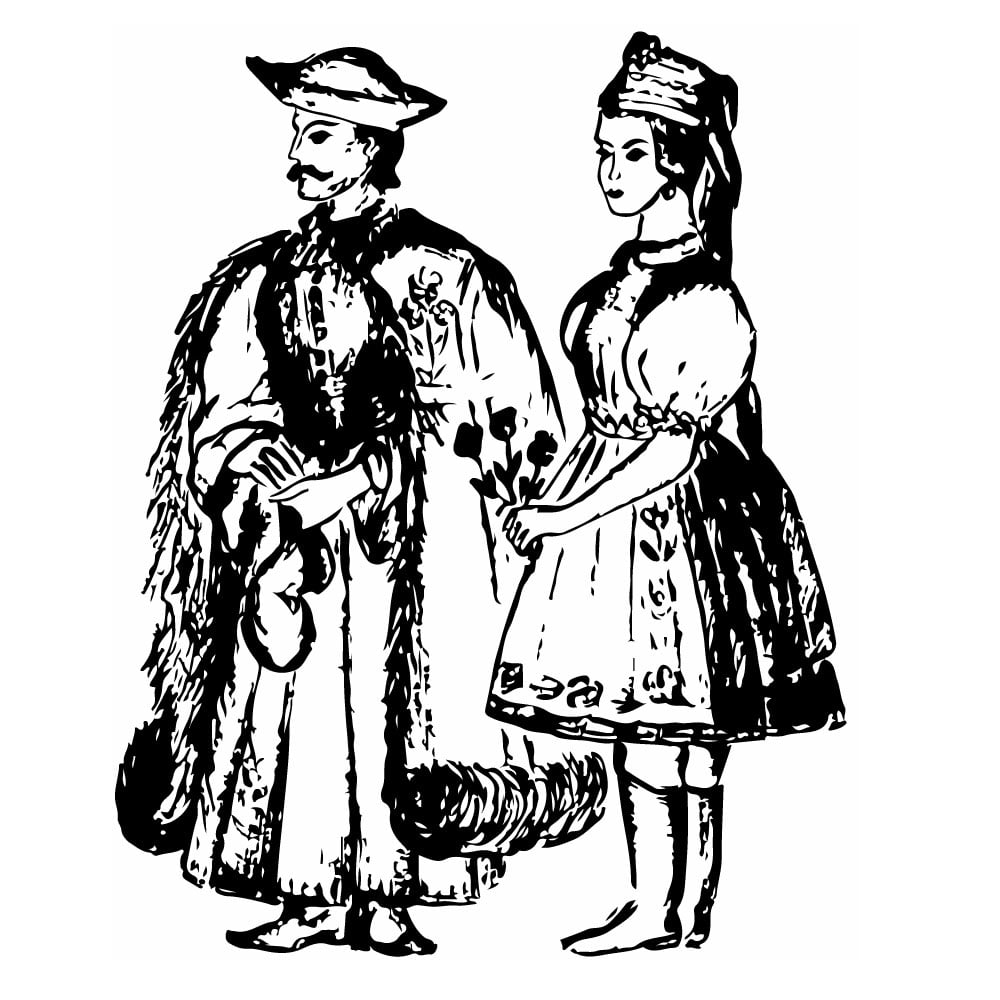Belorussians
| Population | 10,151,000 |
| Language group | Eastern Slavic group of the Indo-European languages |
| Language | Belorussian |
| Capital | Minsk |
| Religion | Christianity (Russian Orthodox, Roman Catholic, and Protestant) |
*Population estimates for 1994
Belarus is situated in the Western part of the East European Plain. It borders Poland to the west. In general, Belarus is a flat country. Ancient inhabitants of the Belorussian territory can be traced back to about one hundred to forty BC. In the first centuries, Belarus was inhabited by tribes such as the Krivichi, Radimichi, and Dregovichi. At the end of the ninth and tenth centuries, the united tribal alliances joined Kievan Rus, which later became the foundation of the nationality that gave birth to the Eastern Slavic nationalities, including the Belorussians.
After the disintegration of Kievan Rus, the territory of Belarus was joined to the Great Kingdom of Lithuania, and after its union with Rzecz Pospolita (Old Poland) became a part of the latter. From the fourteenth through sixteenth centuries, the Belorussian nationality, language, and culture developed. This was the time when the phrase “White Rus” was first used to name the western parts of Kievan Rus.
After the Brest Treaty in 1596, the Union Church (consisting of both the Orthodox and Catholic churches and preserving the main policies of the Catholic church as well as Orthodox traditions and ceremonies) was established in Rzecz Pospolita. Today, the majority of Belorussian Christians are Orthodox. There also are Catholics and Uniates in the northwestern parts of the country.
Ethnic Belorussians also live in Russia, Lithuania, Latvia, Ukraine, Kazakhstan, and Siberia. Beyond the limits of the CIS, Belorussians can be found in Poland and North America.
Some of the ethnic and cultural peculiarities of Belorussian culture are preserved in rural architecture, clothes, food, family traditions, and customs. Native culture, folk dances, music, and poetic folklore are never-ceasing resources for the professional Belorussian arts and literature. Artistic handicrafts and trades, such as pattern weaving and embroidery, artistic wood carving, and ceramics are being developed.
During its long history, Belorussian culture was influenced by its neighbors such as the Russians, Ukrainians, Lithuanians, and Poles. Folklore from the sixteenth through eighteenth centuries survives today in prolonged Belorussian songs such as Kupal (Summer solstice), Harves (dedicated to the end of harvesting), and Carol (Christmas) songs. People still use old national proverbs and sayings. Especially vivid are the Belorussian fairy tales characterized by clear, picturesque language and charming fantasy.
Traditional clothing is still worn in some territories between the cities of Mazyr and Pinsk. Men’s traditional clothing consisted of a white canvas embroidered shirt (called a koshuba) girded with a wide embroidered belt, white canvas trousers, and black high boots. Ladies’ clothes was characterized by a white loose dress or shirt embroidered on the shoulders. This is worn over a wide skirt called a spadnitsa, an embroidered apron and kerchief (khustka). In summer men wore wide straw hats with big brims (bril or kapeliukh). In the winter they wear suits and lambskin jackets (kozhukh). Belorussian women are very good at canvas weaving; that’s why in many parts of the country (mainly the Polessie and Slutsk territories) one can see skillfully woven and embroidered towels (ruchnik), tablecloth (obrus), and other items. Historically, the Belorussians have also engaged in industrial crafts such as gold and silver girdle decorating.
This is Ad 1





























